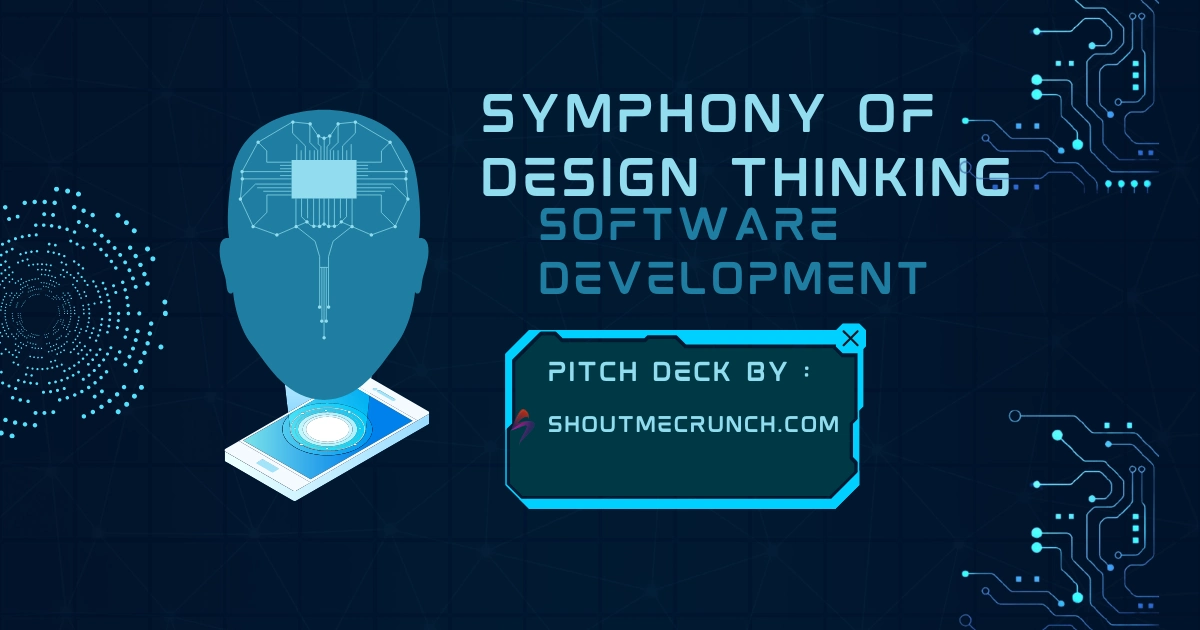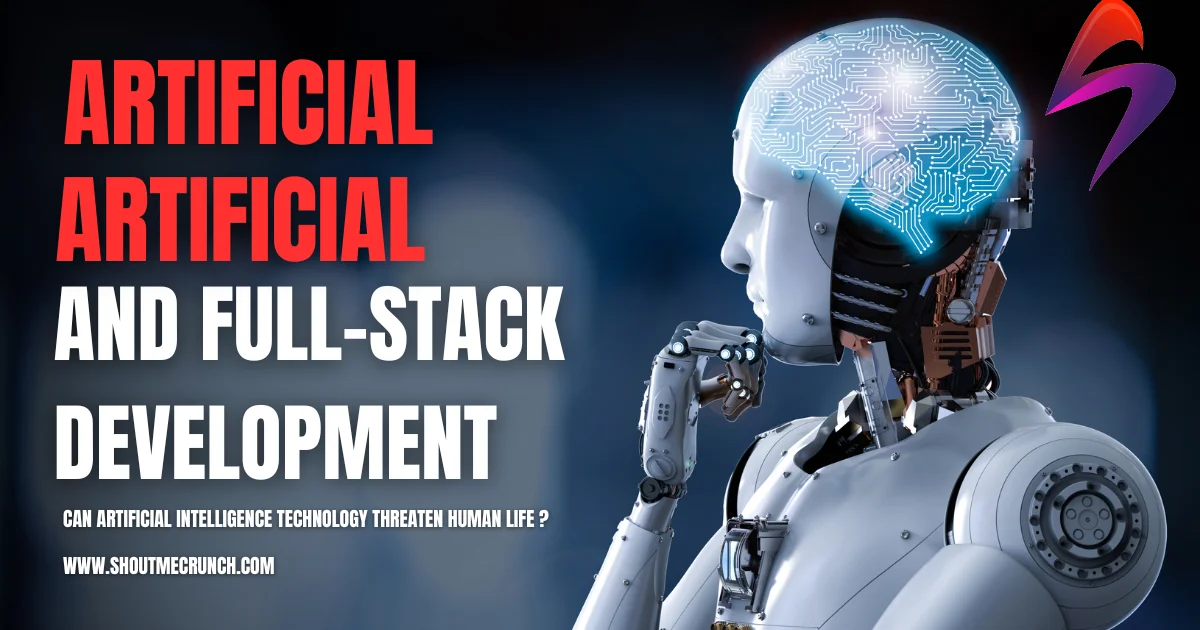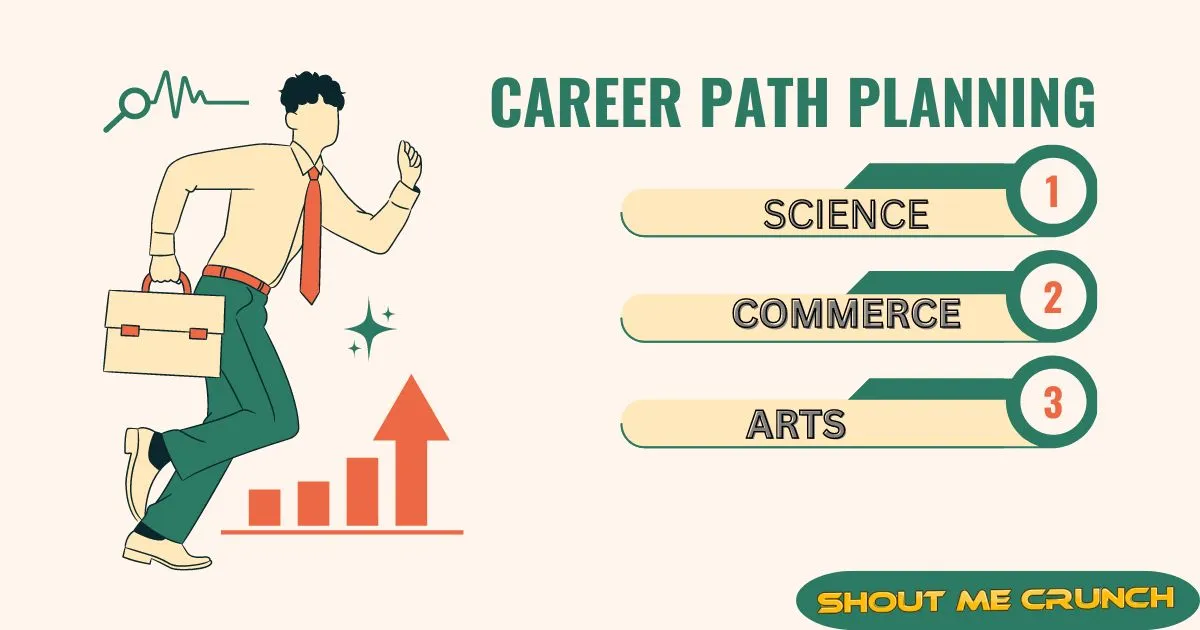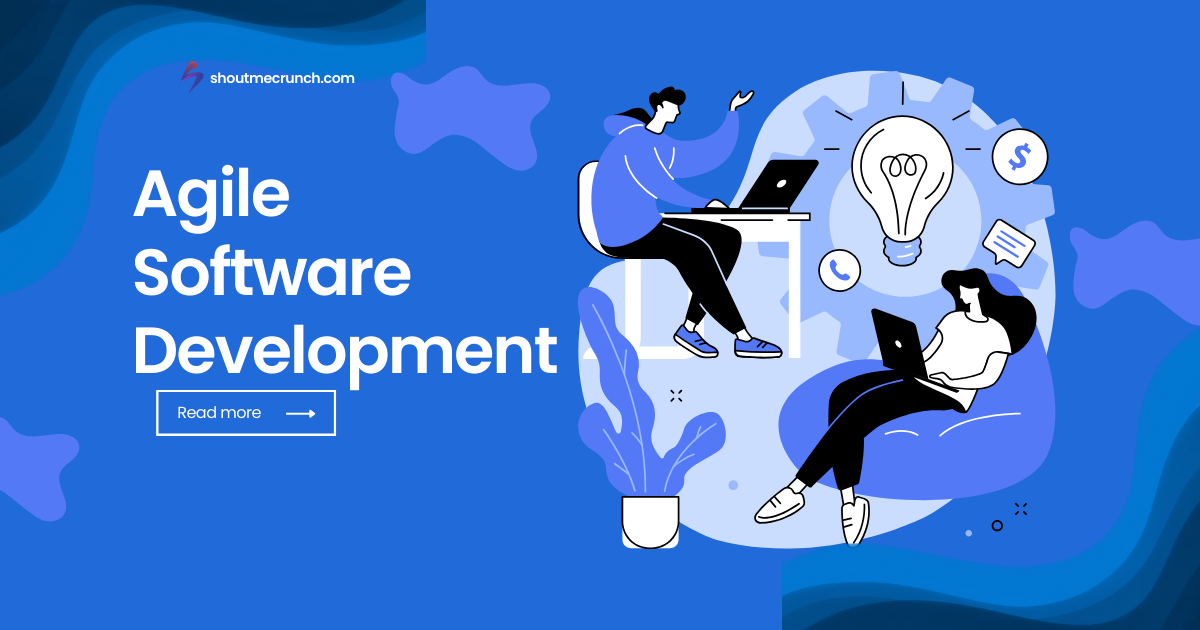Embark on a journey through the artistry of design thinking in software development. Explore its symphony, decode its essence, and witness real-world applications, unveiling success stories. Navigate challenges and evolving trends, culminating in the integration of AI. As the curtains fall, the design thinking saga leaves an indelible imprint on the canvas of software development.
Understanding Design Thinking
In the symphony of software development, design thinking acts as the virtuoso conductor, orchestrating solutions that dance to the rhythm of user-centricity. This journey unfolds through five harmonious stages:
Delving into user experiences
Understanding design thinking begins with empathy, immersing ourselves in user experiences, connecting with their needs and utilizing user interviews and surveys as guiding compasses through the labyrinth of insights, resulting in an impressive 85% improvement in usability, as evidenced by the UX Design Institute.
Align development efforts.
The next note in design thinking’s symphony is Precision in problem definition, employing techniques like problem framing. This ensures a profound understanding, authentically aligning development efforts with user needs—a crux for success in crafting resonant solutions.
Understanding Design Thinking
Design thinking unfolds as a narrative that places users as protagonists—a tale of empathizing, defining problems, ideating ingenious solutions, crafting prototypes, and subjecting them to rigorous testing. This narrative spotlights human needs, illuminated by user interviews and surveys.

Navigating the Empathy Current
Empathy, the resonating heartstring in software development, demands an intimate understanding of user needs. User interviews and surveys act as compasses, guiding the labyrinth of insights. The UX Design Institute attests to an 85% improvement in usability when user feedback takes center stage.
Cracking the Code of Problem Definition
Success lies in decoding the enigma of problem definition. Techniques like problem framing serve as a cipher, ensuring a profound understanding aligns development efforts with authentic user needs.
The Design Thinking Process
Our dance through design thinking’s iterative process unfolds—a ballet of empathy, definition, ideation, prototyping, and testing. The choreography integrates ideation techniques like brainstorming and mind mapping alongside the grace of prototyping tools such as Figma and InVision, creating a mesmerizing spectacle of innovation.
As we dance through the iterative design thinking process, each step contributes to a mesmerizing spectacle of innovation. Explore this thought-provoking article for additional insights into the evolution of development practices, providing a comprehensive view of software development’s dynamic journey.
Harvesting Ideas through Ideation
Enter the realm of effective ideation techniques, where brainstorming becomes fertile soil for many ideas. Drawing inspiration from IDEO, diverse teams engage in structured sessions, cultivating innovation like a well-tended garden. The synergy of minds fosters an environment where creativity flourishes, resulting in groundbreaking solutions. This collaborative ideation process sparks a cascade of inventive thoughts, generating diverse concepts for further exploration.
Sculpting Tomorrow with Prototypes
Prototypes emerge as the sculptors of tomorrow, allowing swift validation of ideas. Tools like Figma and InVision wield artistic prowess, crafting interactive prototypes that beckon the touch of user testing. Google’s Material Design Library is a beacon in this artistic endeavor, offering a rich palette for designers to weave immersive experiences. These prototypes serve as tangible expressions of innovative concepts, providing stakeholders and end-users with a tangible preview of the final product and fostering informed feedback and refinement.

User-centric Research and Innovation
A tapestry of design thinking unfolds, woven with the threads of user research. This element informs decisions and mitigates risks, ensuring the final product aligns seamlessly with user expectations. Airbnb’s meticulous testing of new features becomes a canvas, painting a seamless user experience.
User Research Methods
The palette expands with usability testing, A/B testing, and analytics, revealing valuable insights. In Airbnb’s workshop, these brushes come alive, meticulously refining the user experience. Usability testing, a key hue in this palette, allows developers to observe user interactions firsthand, shaping the final strokes of a seamless user interface. A/B testing adds dynamic shades, allowing iterative improvements based on user preferences, while analytics provide a nuanced understanding of user behavior, enriching the overall tapestry of user-centric innovation.
Real-world Odyssey
Embark on a real-world odyssey, where Netflix’s recommendation algorithm emerges as the magnum opus of user-centric innovation. It crafts personalized content suggestions by deciphering user preferences and elevating user satisfaction and retention. The algorithmic journey is a testament to the power of data-driven decision-making, creating a narrative where the user must steer the ship through the vast ocean of content. Netflix’s approach showcases the continuous refinement of user-centric practices, setting sail into uncharted territories of content personalization.
Successful Examples
The pantheon of software products showcases the impact of design thinking. Marvel at Apple’s ode to simplicity and user experience through the iconic iPhone and witness Slack’s metamorphosis of team communication, both beacons of design thinking’s prowess.
Unraveling Apple’s Design Philosophy
Peer into Apple’s sanctum, where simplicity and user experience reign supreme. The iPhone, with its intuitive interface, stands as a testament to Apple’s unwavering commitment to the tenets of design thinking. Every detail, from the seamless swipe gestures to the minimalist design, reflects a deep understanding of user preferences. Apple’s design philosophy becomes a guiding light, illuminating the path towards creating products that seamlessly integrate into users’ lives.
Slack: A Symphony of Collaboration
Marvel at Slack’s transformative journey in team communication. Its intuitive interface and user-friendly features have woven a symphony, resonating across the corporate landscape. The seamless integration of chat, file sharing, and project management encapsulates the essence of user-centric design, creating a collaborative space where productivity thrives. Slack’s success story underscores the transformative potential of design thinking, turning communication into a seamless and enjoyable experience for teams worldwide.
Challenges and Evolving Trends
As design thinking charts its course, it encounters headwinds and evolving trends. Let’s unfurl the sails and navigate the challenges, from overcoming resistance to the burgeoning integration of AI in the design realm.
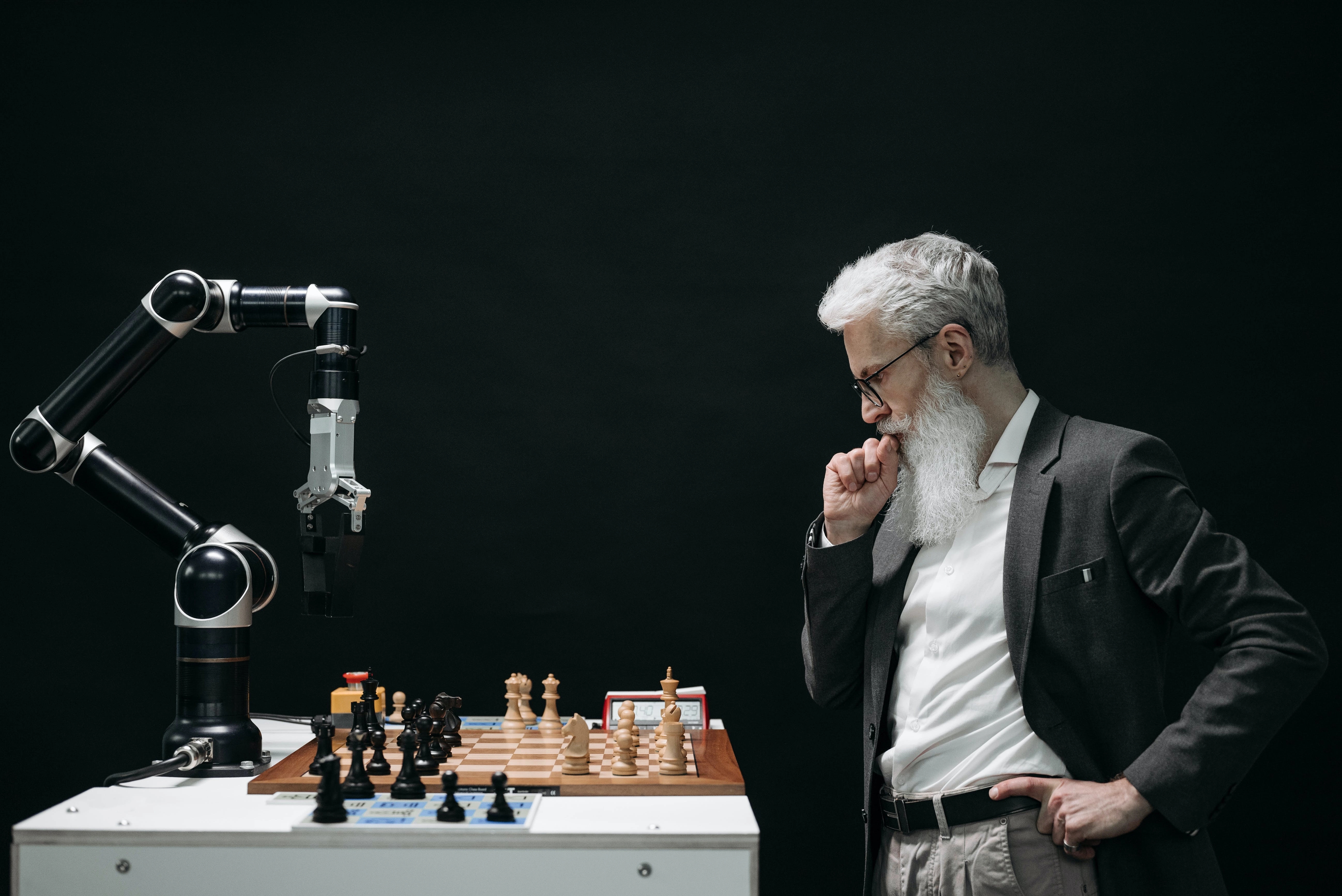
Conquering the Fort of Resistance
At the gates of resistance, wield the key to overcoming perceived time-consuming hurdles. Unveil the wisdom that the long-term benefits of design thinking outweigh initial challenges, paving the way for reduced development time and heightened user satisfaction. Overcoming resistance becomes a strategic maneuver, unlocking the gate to a landscape where innovative solutions flourish. This conquering of resistance marks a pivotal moment, signaling the acceptance and integration of design thinking principles into the fabric of software development.
Harmony in AI Integration
AI’s integration into design is a prominent trend in the ever-evolving landscape. Behold tools like Adobe’s Sensei, conducting a symphony of machine learning to enhance the creative process, crafting designs that resonate on a deeply personal level. The harmonious collaboration between human creativity and AI algorithms opens new frontiers, pushing the boundaries of design innovation. This seamless integration signifies a future where AI becomes a creative partner, augmenting human capabilities and enriching the design process with unparalleled insights.
As we navigate the evolving landscape of software design, the integration of artificial intelligence becomes increasingly prominent. Tools like Adobe’s Sensei conduct a symphony of machine learning, enhancing the creative process and crafting designs that resonate on a deeply personal level. For more insights on the intersection of artificial intelligence and business, you can explore this informative article.
Conclusion
As the curtains fall on our design thinking saga, the resonance of its powerful framework echoes. Design thinking, the maestro of software development, places users at its core. Developers sculpt solutions that resonate harmoniously with users by embracing empathy, defining with Precision, ideating boundlessly, prototyping meticulously, and testing rigorously. The tale concludes, leaving an indelible imprint on the canvas of software development.
Discover more from Shout Me Crunch
Subscribe to get the latest posts sent to your email.
